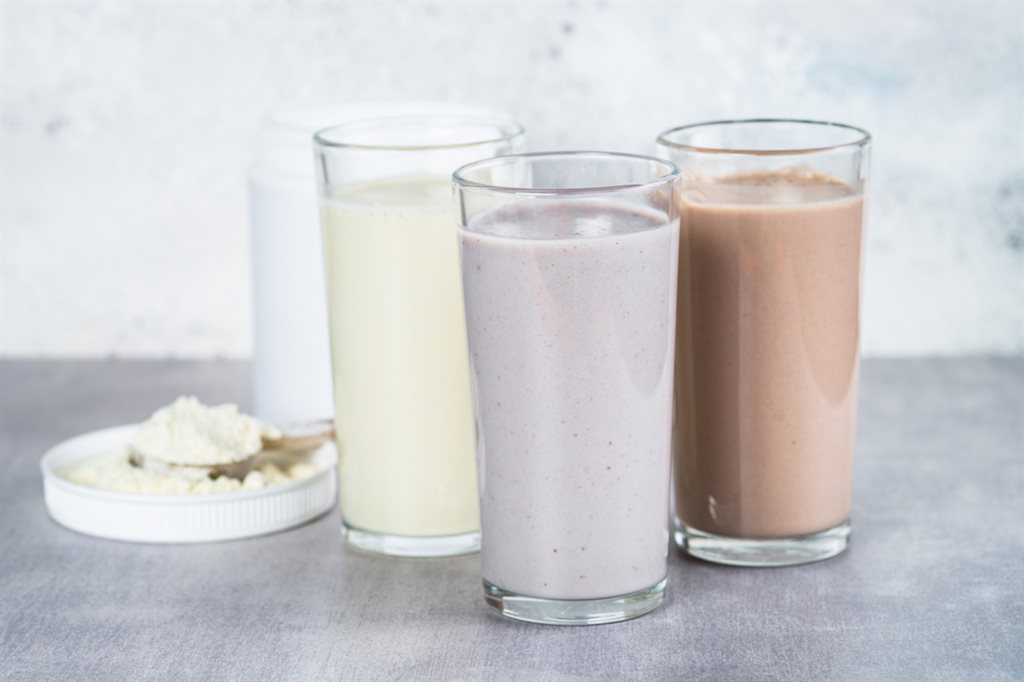
Known in the world of sports and easy figure in gyms, whey protein is an indispensable item in the training backpack. In powder, it can be prepared anywhere, before or after the activity. The problem is that the reputation of protein supplements has spread, but the information about what they are, how to consume them and what types of whey are ideal for each goal has not yet reached everyone and that is why so many doubts always arise.
What is whey protein? What assets / ingredients does it usually consist of?
Whey protein is the most consumed supplement in the world of sport. Usually powdered, it is used to replenish proteins in a concentrated way. These proteins are extracted from cow’s milk whey, vegetables and meat. In the composition, it is possible to find fats, carbohydrates, fibers, vitamins, micronutrients and amino acids. It is important to be clear that food is always preferable to whey protein. Whey is for those times when you don’t have time to stop and prepare a rich and varied meal after your workout. It is always a more practical option.
What are the main types of whey? What is the difference between them?
The main types are of animal origin (meat and whey) and vegetable. Among the most qualified supplements of vegetable origin, are those that have protein isolated from peas, almonds, potatoes in addition to sugar and artificial sweeteners. They are free of lactose, gluten and casein. Concentrated whey protein is obtained from the first phase of ultrafiltration of whey. It is usually cheaper. Already whey is subjected to a purer filtration process and is recommended for patients who have lactose intolerance. Due to its low carbohydrate and fat content, it is more suitable for those who want to lose weight. Hydrolyzed whey is the most expensive protein of all. It goes through a hydrolysis process to make it easier to digest.

How do I recognize which is the best type on the shelf? Do I need to be aware of what on the label to decide?
We must evaluate several points. If a person needs to lose weight, ideally isolated whey is ideal. If you are older and need to replace nutrients and weight, in addition to increasing muscle mass, we recommend a whey that has carbohydrates. The same is true for the vegan or chronic kidney disease patient. The important thing is to look for a qualified professional to guide specific consumption for that individual, according to their characteristics and what they want to achieve with consumption.
What are the benefits of using whey? How does it act in our organism?
Today the food stimulated by the food industry is based on carbohydrates. The intake of red meats, chicken, eggs and fish is still low due to the price, preparation time and even the difficulty of chewing, for example. Therefore, having a high quality protein powder in your hands, which you put in a bottle when necessary and consume, greatly facilitates and improves body composition.
There are some myths about whey protein, right? If so, what are they for not repeating there?
The majority of the population thinks that whey is consumed only by pumped from gyms and already creates a prejudice. On the contrary, children to the elderly have indications of consumption, for example, with numerous gains, as we have already mentioned above.

What are the best ways to use it: schedule and preparation methods?
Can be used at all times of the day. Take ice cream, natural or mixed in food when necessary. Of course, when the patient has a goal, such as hypertrophy, he will use whey protein twice a day, to replace proteins and generate muscle growth. In such cases, it is always good after training. To make the whey more tasty you can mix fruits, coconut water, nuts, milk … But never forget the goal to not generate too many calories unnecessarily.
Is it contraindicated for any group? Why?
It is contraindicated for people who are allergic to the components and patients with renal failure, for example. Whenever possible, we recommend that the patient opt for food. Eggs, for example, are an excellent source of proteins and nutrients, in addition to offering high protein absorption by our body.



